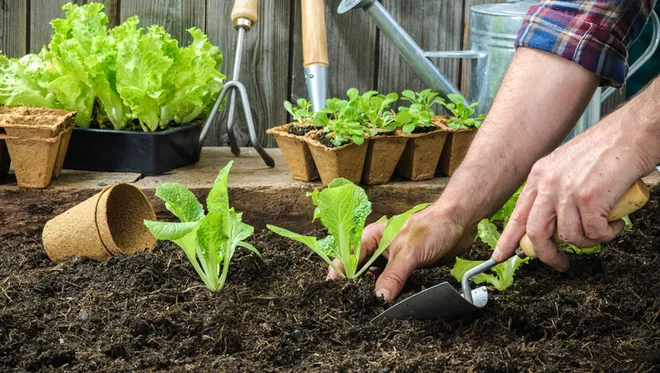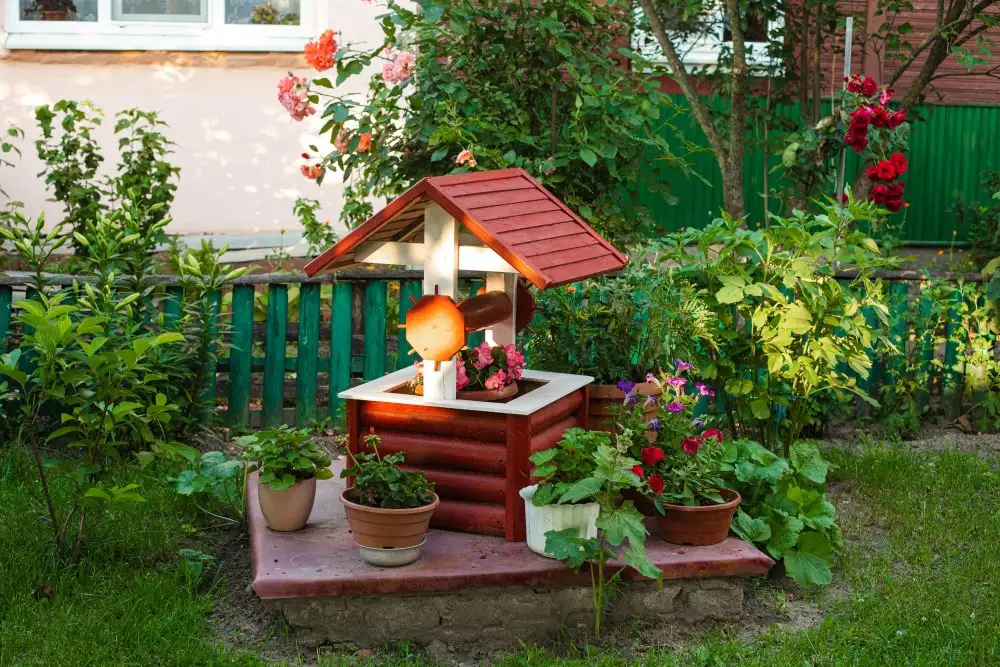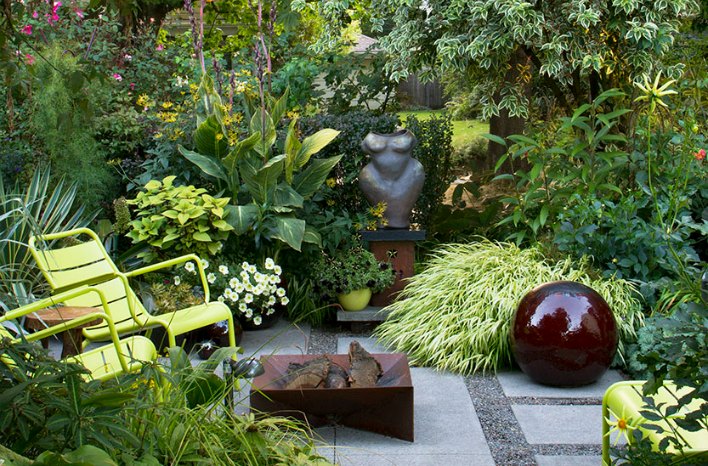Do you dream of having a lush, green space of your own but feel limited by the size of your home? Whether you live in an apartment, a townhouse, or a home with a tiny yard, you can absolutely enjoy the joys of gardening — right where you are. Small space gardening is all about using your available areas creatively and smartly to grow plants, herbs, flowers, and even fresh vegetables.
In this guide, we’ll show you how to start growing a beautiful and productive small space garden, no matter how limited your space might be. Let’s dive in!

Why Choose Small Space Gardening?
Small space gardening isn’t just about maximizing greenery in a limited area — it offers a range of benefits:
- Adds beauty and life to your home.
- Improves air quality and provides a calming atmosphere.
- Lets you grow fresh herbs, vegetables, and flowers close to your kitchen or living area.
- Reduces stress and offers a rewarding hobby.
- Encourages eco-friendly living in urban settings.
You don’t need a huge backyard to enjoy the perks of gardening — even a windowsill, balcony, rooftop, or patio can become your own personal green haven.
Step 1: Assess Your Available Space
Start by observing and measuring the areas you might use for planting.
Potential Small Garden Spots:
- Balconies
- Rooftop terraces
- Patios
- Window ledges
- Kitchen windowsills
- Entryways
- Outdoor walls or fences
- Corners of living rooms
Pro Tip: Even vertical surfaces and hanging spots can be turned into productive growing spaces!

Step 2: Understand the Light and Environment
Different plants thrive in different light conditions. Take note of how much sunlight your chosen space receives:
- Full sun (6–8 hours/day): Great for vegetables, herbs, and most flowering plants.
- Partial sun (3–6 hours/day): Ideal for shade-tolerant flowers and greens like spinach or lettuce.
- Shade (less than 3 hours/day): Suitable for ferns, hostas, and other shade-loving plants.
Also, note factors like wind exposure, temperature, and humidity, especially for balconies or rooftops.
Step 3: Choose the Right Plants
Once you understand your space and light, select plants that will thrive in your environment.
Decorative Flowering Plants:
- Petunias
- Marigolds
- Begonias
- Impatiens
- Pansies
Edible Vegetables:
- Cherry tomatoes
- Lettuce
- Spinach
- Radishes
- Chili peppers
Aromatic Herbs:
- Basil
- Mint
- Rosemary
- Thyme
- Parsley
Houseplants for Indoors:
- Snake plant
- Peace lily
- Spider plant
- Pothos
- Aloe vera
Pro Tip: Mix flowering, edible, and foliage plants for a visually pleasing and practical garden.

Step 4: Pick the Right Containers
Container gardening is key in small spaces. Choose a variety of pots, baskets, and planters to suit your layout.
Popular Container Options:
- Terracotta and ceramic pots (classic and decorative)
- Plastic planters (lightweight and affordable)
- Fabric grow bags (great for vegetables)
- Hanging baskets (perfect for balconies)
- Railing planters (for tight balcony spaces)
- Vertical wall planters or shelves (for unused walls)
Essential: Ensure containers have drainage holes to prevent waterlogging.
Step 5: Use the Right Soil and Potting Mix
Don’t just grab dirt from outside — container plants need a high-quality potting mix that drains well and retains moisture.
- Choose light, nutrient-rich potting mixes.
- For vegetables and herbs, use organic mixes enriched with compost.
- Add perlite, vermiculite, or coconut coir to improve aeration and drainage.
Avoid using garden soil in pots, as it can compact and suffocate plant roots.

Step 6: Maximize Your Vertical and Hanging Space
When floor space is tight, grow upward! Vertical gardening is one of the best techniques for small areas.
Vertical Gardening Ideas:
- Wall-mounted shelves and racks
- Hanging baskets from railings or ceiling hooks
- Trellises for climbing plants like peas or ivy
- Stacked planter boxes
- Pallet gardens against walls
Pro Tip: Install wall planters for herbs near your kitchen window for easy access while cooking.
Step 7: Plan for Watering and Maintenance
Containers dry out faster than garden beds, so regular watering is vital.
Watering Tips:
- Check soil moisture daily, especially in summer.
- Water deeply until it drains from the bottom.
- Use a watering can with a narrow spout for precision.
- Group plants with similar water needs together to simplify care.
Feed your plants every 2–4 weeks using organic liquid fertilizers or compost tea to replenish nutrients.

Step 8: Protect Plants from Pests
Even small gardens can attract pests like aphids, mealybugs, or fungus gnats.
Natural Pest Control:
- Spray neem oil solution every couple of weeks.
- Use insecticidal soap sprays for houseplants.
- Wipe leaves with a damp cloth to remove dust and bugs.
- Introduce beneficial insects like ladybugs if possible.
Regularly inspect plants for signs of pests or diseases.
Step 9: Seasonal Care
Your small garden’s needs will change with the seasons.
- In summer: Water frequently, provide partial shade for sensitive plants.
- In winter: Move cold-sensitive plants indoors, reduce watering.
- Spring and fall: Best time to plant new seeds, divide perennials, and repot plants.
Rotate plants to refresh your display and adjust to changing light conditions.

Small Space Garden Styling Tips
Besides being functional, your small garden can be beautifully styled too.
Creative Design Ideas:
- Color-coordinate your flower pots and planters.
- Add fairy lights for a cozy evening vibe.
- Use mismatched vintage containers for a rustic look.
- Install a tiny seating area with foldable chairs and a table.
- Create a themed herb wall for an aromatic kitchen garden.
Pro Tip: Mix different heights, textures, and colors for an eye-catching display.
Final Thoughts
Starting a small space garden is about creativity, smart planning, and making the most of every inch you have. Whether it’s a vertical herb wall, a container vegetable patch, or a cozy corner of flowers, you can create a thriving green space that enhances your home and well-being.
With a little love, attention, and daily care, your compact garden will bloom beautifully — bringing life, color, and fresh produce to your living space.
So grab your pots, pick your favorite plants, and start transforming your small space into a green sanctuary today!





